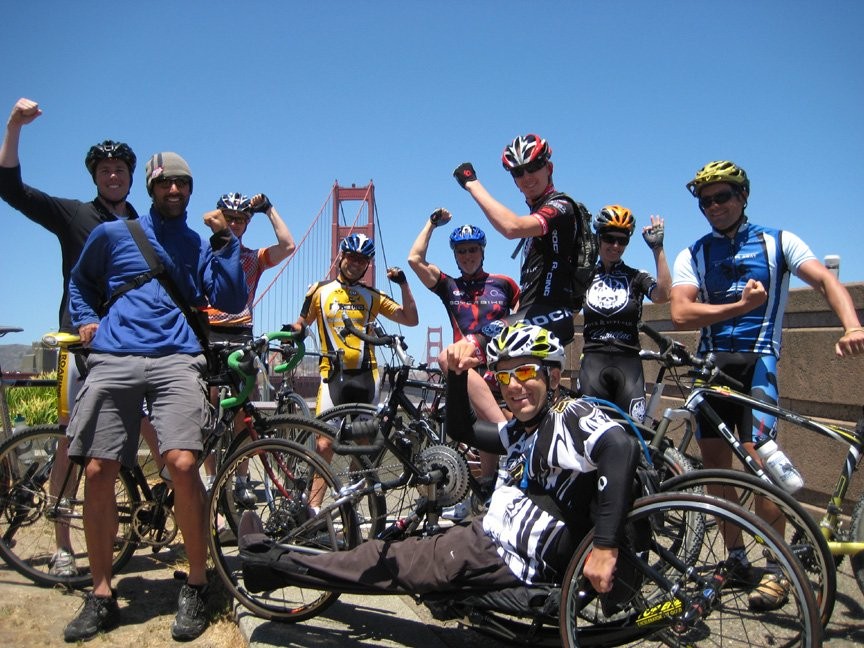Disability Awareness Tour Europe is more than a travel experience—it’s part of a vital global movement focused on inclusivity, respect, and equal opportunities. Across the continent, disability advocacy is gaining strength, with awareness tours emerging as impactful platforms for education and change. Whether you’re passionate about accessibility, human rights, or eager to learn, joining a Disability Awareness Tour Europe can be an inspiring and transformative journey.
What is a Disability Awareness Tour?
A Disability Awareness Tour is more than just sightseeing. It’s a carefully planned journey focused on understanding the lived experiences of individuals with disabilities, examining how different societies approach accessibility, and engaging with local communities and organizations that work towards inclusion. These tours combine educational workshops, interactive sessions, and real-world observations, offering participants a deeper understanding of accessibility issues across Europe.
From visiting accessible heritage sites to meeting advocates and innovators in inclusive design, participants are encouraged to reflect on challenges and celebrate advancements in disability inclusion.
Why Europe?
Europe offers a unique lens on disability awareness. With its blend of modern infrastructure and historical landmarks, the continent presents both accessibility challenges and innovative solutions. The European Union actively promotes disability rights through policies such as the European Accessibility Act and various national initiatives.
Cities like Berlin, Amsterdam, Copenhagen, and Barcelona have made significant strides in accessibility, offering model practices in urban design, public transport, and inclusive tourism. Meanwhile, rural areas present distinct challenges that highlight the ongoing need for advocacy and awareness.
What to Expect on the Tour
A Disability Awareness Tour Europe itinerary typically blends education, exploration, and personal stories. Here are key elements often included:
1. Interactive Workshops and Seminars
Learn from disability advocates, urban planners, and accessibility consultants. Topics often cover:
- Universal design principles
- Employment inclusion strategies
- Assistive technologies
- Legal frameworks protecting disability rights in Europe
2. Accessibility Audits and Field Visits
Participants might visit museums, public transport hubs, or historic sites to assess and understand real-world accessibility. This hands-on experience provides insights into the successes and limitations of current infrastructure.
3. Meet Local Advocates
Engage with non-profit organizations, support groups, and activists working at the grassroots level. Hearing personal narratives offers a human face to the policy discussions and statistics.
4. Cultural Immersion
No tour of Europe is complete without embracing its diverse cultures. Whether it’s exploring the cobbled streets of Prague or attending an art exhibit in Paris, the tour ensures a balance of education and cultural exploration—highlighting the importance of inclusive tourism.
Benefits of Joining a Disability Awareness Tour
– Expand Your Perspective
Understanding disability inclusion across multiple countries broadens your perspective. You’ll learn how history, culture, and policy intersect to shape accessibility in different regions.
– Advocate More Effectively
Armed with first-hand knowledge and global case studies, you can become a stronger advocate in your own community.
– Inspire Change
Seeing both achievements and gaps in accessibility can fuel ideas for change—whether in architecture, policy, education, or social initiatives.
– Personal Growth
Engaging directly with diverse communities fosters empathy, understanding, and personal growth, enriching your worldview.
How Disability Awareness is Shaping Europe
From adopting barrier-free design standards to encouraging businesses to cater to diverse needs, Europe is gradually redefining public spaces through the lens of inclusivity. Yet, challenges remain, especially in preserving historic sites while making them accessible.
Many European cities now offer disability-friendly tourism services, including guided tours with sign language interpreters, tactile exhibits for visually impaired visitors, and wheelchair-accessible transportation. These efforts reflect a growing understanding that accessibility benefits everyone, not just people with disabilities.
A Step Toward a More Inclusive Future
Participating in a Disability Awareness Tour Europe is not just about observing but contributing—whether through meaningful conversations, sharing insights, or supporting advocacy initiatives. As awareness spreads, so does the movement toward a society where everyone can participate equally.
Each small step—from understanding the importance of ramps and braille signs to challenging stereotypes—brings us closer to an inclusive world. By joining these educational tours, you’re not only learning but becoming part of the change.
 WhatsApp Us Now
WhatsApp Us Now









